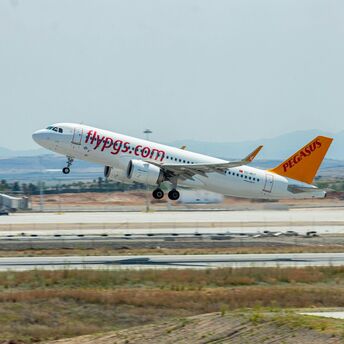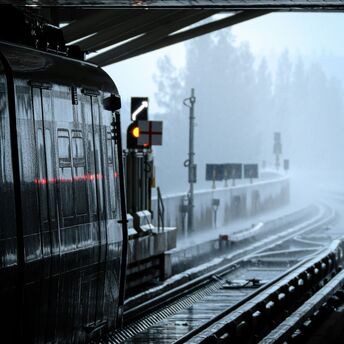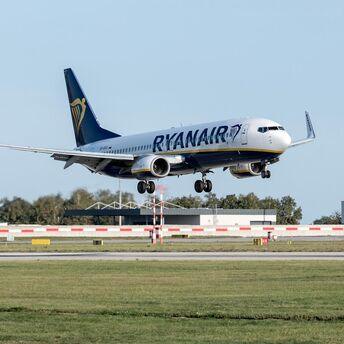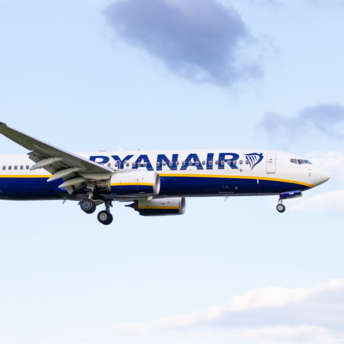FS Italiane and ITA Airways Introduce Integrated Train-Air Ticket for Travelers
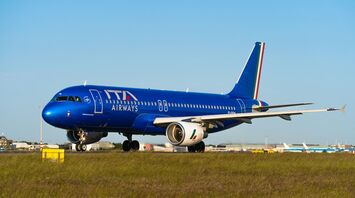
A recent agreement between FS Italiane’s subsidiary Trenitalia and ITA Airways introduces an integrated ticketing system for train and air travel between Spain and Italy. This initiative allows passengers to book a single reservation that combines high-speed rail operated by iryo in Spain and ITA Airways flights. The service facilitates access to Spanish cities such as Córdoba, Valencia, Alicante, Seville, and Málaga, which are not directly served by ITA Airways. Additionally, travelers from Spain can easily reach major Italian airports, including Rome, Milan, Venice, Florence, and Naples, without needing separate bookings.
This initiative is part of a broader trend in European transportation aimed at improving interconnectivity between different modes of travel. By offering a streamlined booking process, the system reduces logistical barriers for passengers who previously had to organize train and flight segments separately. The service is particularly beneficial for those who prefer efficient connections between air and rail transport, minimizing wait times and improving travel convenience. Furthermore, the inclusion of train tickets within the booking price eliminates additional transfer costs for travelers using the service from Madrid and Barcelona airports.
The newer system gives them even more options and further freedom over what they plan on doing with their itinerary. For the fliers through Italy, they can directly merge into their onward flights without resourcing rail reservations. Also, the high-speed train services connectivity means it is able to incorporate areas that are air accessible, and therefore provides more diversified travel profiles across both nations. The initiative in conjunction with train travel also provides a more dependable alternative for domestic flights, often hit or miss in bad weather or if airports have backed up.
This follows the increasing need for sustainable travel in Europe. As a more environmental replacement to short-haul flights, high speed rail is supposed to reduce carbon emissions and provide better transport choices with greener transportation methods. The availability of an integrated ticket supports efforts to shift passenger preferences toward intermodal travel, where multiple transport modes work together to create a cohesive and efficient system. Such initiatives are gaining importance as European policymakers emphasize the need for greener travel solutions across the continent.
The launch of the train-air ticketing system is a giant leap towards future travel between Spain and Italy without friction. Not just widening convenience, the initiative also embodies a wider trend of re-thinking how travel is laid out across Europe by eliminating as many barriers to intermodal transport. For travelers it is the promise of improved connectivity, cheaper costs and a greener way to get through and interact with both countries. As transportation patterns continue to alter, further partnerships of the same sort might take place that eventually will alter mobility options in the region.






